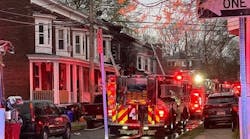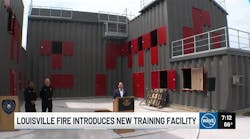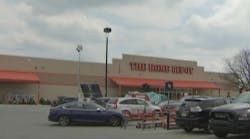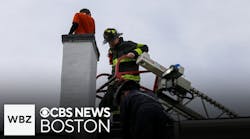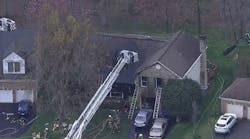"More with less" has been the battle cry of the fire service for quite some time now. It doesn't seem to matter how well a fire department performs its duties, how tightly it manages its finances, how well it trains or how many fire prevention activities it performs; every year, members are met by the same request from city leaders: "You've done great! Please do more next year with less."
This request existed long before the current recession started and it will certainly continue after the current recession ends. While we can debate the motivations and responses to such a request, the bottom line is that financial resources are indeed finite (unless you are the federal government) and a municipality simply cannot spend more than it makes. With tax bases eroding across the country due to falling home values and rising unemployment, some serious decisions will need to be made. Budgets will be cut and fire departments will be left to figure out how to best protect the citizens they serve with the resources they have been given.
I spoke with a fire chief recently who leads a fire department that staffs five engines, two aerials and several specialty apparatus. He's been buying one or two thermal imagers at a time as his budget allows and has purchased five thermal imagers over the past two years. He is two thermal imagers short of equipping every interior firefighting crew with thermal imagers. This chief spoke of his current budget struggles and naturally I assumed he was setting the stage to inform me that he was not going to be buying those last two thermal imagers. I even said to him, "So I guess you won't be able to afford those last two thermal imagers this year." He looked at me somewhat surprised and said, "Of course I will. I see thermal imagers as force protection and force multipliers. With budget cuts and staffing shortages, I have to do all I can to protect my guys and make them as efficient as possible. How can I afford not to?" Obviously, this chief has some military background, but the two terms he used are key to a sound argument.
• Force multiplication — Wikipedia defines "force multiplier" this way — "force multiplication, in military usage, refers to a combination of attributes or advantages which make a given force more effective than another force of comparable size. A force multiplier refers to a factor that dramatically increases (hence "multiplies") the effectiveness of an item or group." Firefighters use force multipliers all the time. A halligan bar (or any other type of lever for that matter) is a force multiplier; however, this chief was using that term to justify the purchase of necessary equipment in light of budget cuts. Like many other departments, his budget is being cut, but he is staring the City Council members in the face and telling them that certain expenditures dramatically increase the effectiveness and safety of his firefighters. Firefighters equipped with thermal imagers routinely accomplish more than their non-equipped counterparts in less time and with a greater margin of safety.
While no thermal imager can ever replace a well-trained firefighter, it can certainly lend an advantage or attribute to that firefighter. This multiplication of force makes thermal imagers a shrewd investment — particularly in a down economy when resources are scarce.
• Force protection — Once again, let's look at what Wikipedia has to say. "Force protection is a term used by the U.S. military to describe preventive measures taken to mitigate hostile actions against Department of Defense personnel (including family members), resources, facilities and critical information. Force protection does not include actions to defeat the enemy or protect against accidents, weather or disease." Force protection speaks to actions or steps taken purely for personnel safety.
A thermal imager has no offensive nature. A thermal imager cannot defeat the enemy nor prevent accidents, but it can provide information to firefighters that allows them to mitigate hostile actions. Thermal imagers are purchased to protect, in this case, a fire chief's most valuable asset — his or her firefighters.
In conclusion. one of the unique traits about the terminology used by this chief was one that many government folks have heard before. Rather than talk about firefighter safety and efficiency, this chief framed the argument in terms that have a much broader feel to them. Force multiplier, force protection — these terms have a military or Homeland Security feel. These terms make the issue much larger than just equipping a couple of fire companies. They evoke emotion.
The argument was ultimately effective. The fire department budget still got cut and the chief was told once again to figure out how to do more with less. However, the battle was not totally lost. The City Council bought the remaining two thermal imagers directly out of the general fund. The fire department now has a thermal imager for every interior firefighting crew. Mission accomplished.
BRAD HARVEY is the Thermal Imaging Product Manager at Bullard. He is a veteran of public safety as a firefighter, police officer and paramedic and is certified through the Law Enforcement Thermographers' Association (LETA) as a thermal imaging instructor. Harvey has worked as a high-angle rescue instructor and is a certified rescue technician and fire instructor. If you have questions about thermal imaging, you may e-mail him at [email protected].
